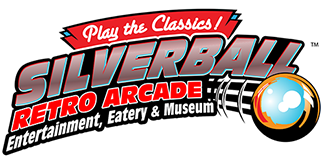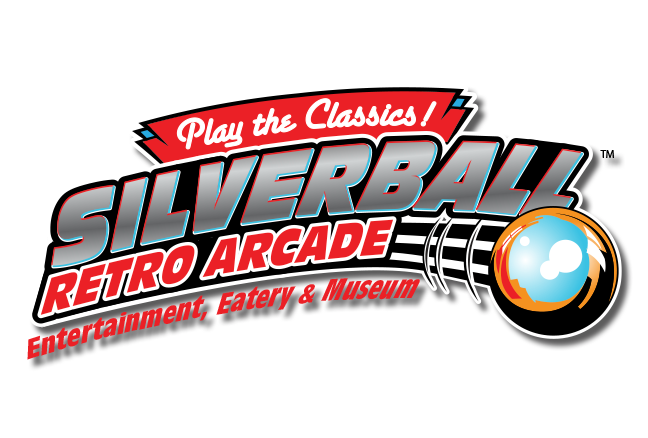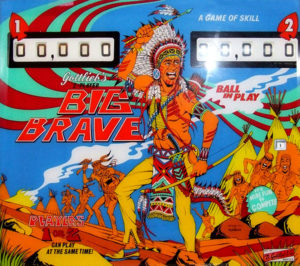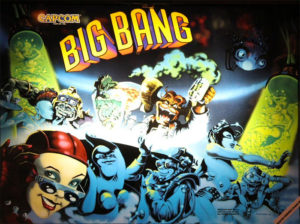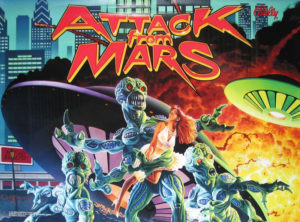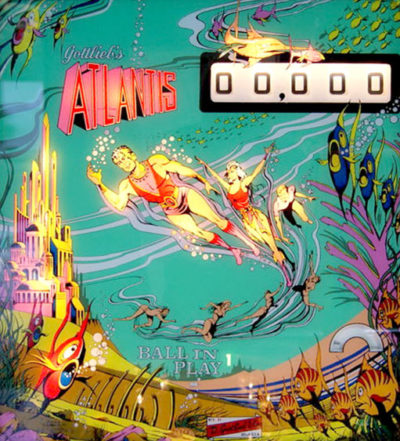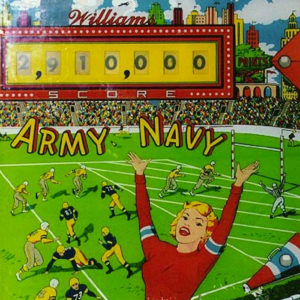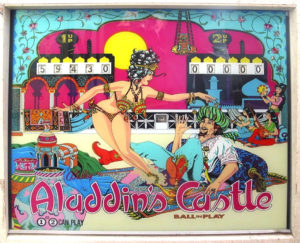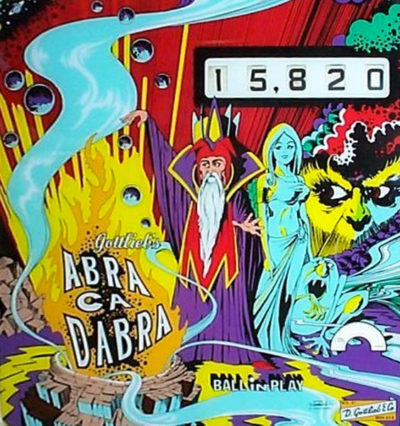-
Big Brave is a two-player electromechanical machine. 3,450 units were produced. Ed Krynski designed the machine and Gordon Morison was in charge of the artwork. This game was a typical Gottlieb game of the era. It has drop targets, resetting targets, bonus feature, double bonus option, and a special. Making the B I G rollover lights the pop bumpers. Hitting all five drop targets awards 5,000 points. Hitting the last drop target left when the B I G is hit awards a special. The vari-target, as it was called, was an exclusive Gottlieb design. As you hit the target – depending how hard you hit it – would result in bigger point values. It will then reset to be hit again and again. A four-player version of this game, Big Indian, was also produced.
